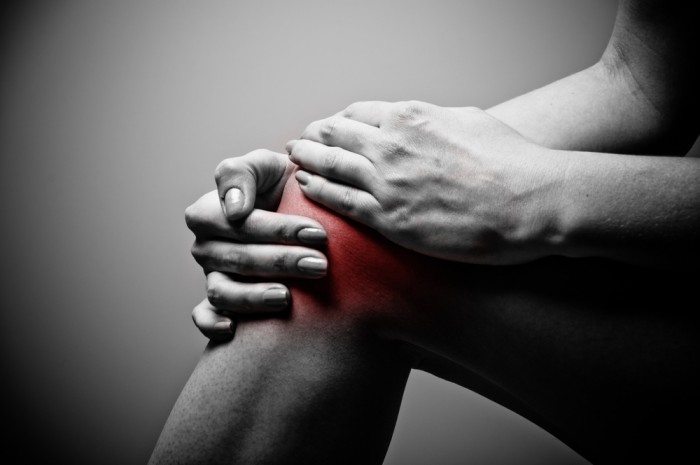As we embark towards becoming a healthier nation, many of us are now involved in high-intensity sports, endurance sports, and strengthening workouts. Which is great because it beats sitting at your desk all day and gaining an unhealthy amount of weight. An active lifestyle is a healthy lifestyle.
We’ve also become engaged in competitive sports or marathon runs – to push ourselves to the limits and feel a sense of achievement. While we’re hitting those hard workouts, running to train for that marathon, we sometimes forget about taking care of our body, especially our joints. Imagine the impact all of that running has on our knees?
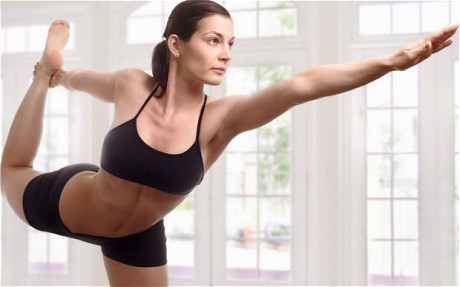 Our joints are the reason we’re able to bend, jump, run, and move at all. They also have their limits and not all of our joints are in tip-top shape. Some of us have had past injuries, or perhaps weaker joints, but whatever the cause know your areas of weakness and look after them.
Our joints are the reason we’re able to bend, jump, run, and move at all. They also have their limits and not all of our joints are in tip-top shape. Some of us have had past injuries, or perhaps weaker joints, but whatever the cause know your areas of weakness and look after them.
8 Tips for Joint Care and Pain Relief
I’m a runner and I used to be a relatively active person, until I suffered a knee cap dislocation a few years ago. Recently, it happened again and let me tell you, it’s no fun. Here are some tips to take care of your joints.
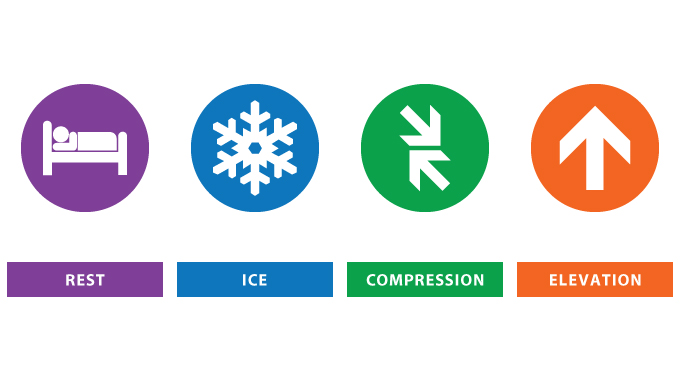
1. Suffered an injury? Remember RICE treatment. Rest, Ice, Compress, Elevate. This works for any part of your body and is key to remember. Rest for at least 48 hours to allow your body enough time to try to recover from its injury. Let pain be your guide of what you can do and can’t do. Slowly ease yourself into your normal routine, but don’t rush it. Ice to reduce swelling, ideally for 15 minutes every few hours. Between ice treatments, wrap your injury in bandage and allow it to be compressed. The bandage can also act as support for weaker joints. Just remember, don’t make it too tight! Finally, elevate to prevent fluids from pooling around your inflamed tissue.
If after 2 days, you still suffer swelling and pain, please do go see a specialist or sports therapist to help diagnose your condition and prescribed the best treatment for your injury.
2. Invest in a daily nutrient boost. There are plenty of vitamins and supplements out there that contain glucosamine for joint health. If you know you are prone to joint pain or injury, be sure to invest in a supplement that will give you that added boost.
3. Be sure to rest in between workouts. Listen to your body and don’t push yourself too hard on a daily basis. Recovery is just as important as your performance, so give your muscles and joints a break to recuperate.
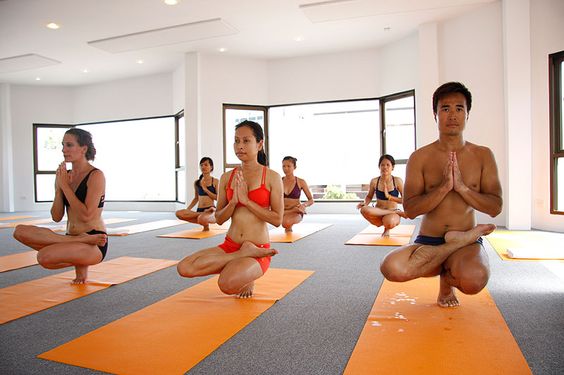
4. Strengthen your muscles. If the muscles in your legs are weak, then it’s your joints that absorb the impact of each step. Be sure to spend time doing strength-training moves that target your quads, calves, hamstrings, and glutes, and incorporate lateral moves that strengthen muscles around your knee joint while improving agility — try this 10-minute leg workout. Strong quads and strong glute meds, the muscle on the side of the pelvis, can also help prevent iliotibial band syndrome, which causes pain on the outside of the knee, so do this wall squat exercise to target that area.
5. Stretch! Your joints need a little tug and pull every now and then to maintain its flexibility and ensure they are able to work in full motion.
6. Make sure you have the right support. Do you have a high arch or a low arch? Make sure you get the right shoes to support your feet and the areas that are exposed to the most impact. Wearing the wrong shoes can mean that your knees and joints absorb most of the impact which will lead to joint pain and aches.
7. Mix up your workout routine. Don’t stick to one single routine, which targets the same group of muscles. While it’s good to strengthen your muscles, you’ll also be putting the same areas under strain. Mix it up with swimming, hiking, cycling, and any other outdoor activity you enjoy doing.
8. Limit your time in heels. Though it looks great, if you have knee problems, try to limit your time in them. The weight it puts on your knees and your back doesn’t help the situation, plus most heels don’t provide great ankle support – which also affects your knees.
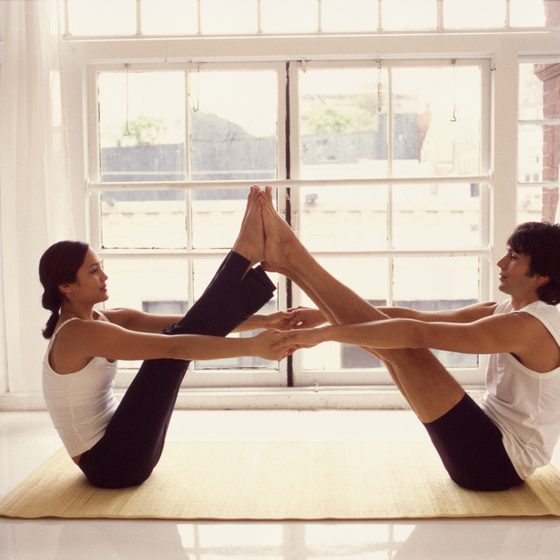
– Cover Image: running.competitor.com

